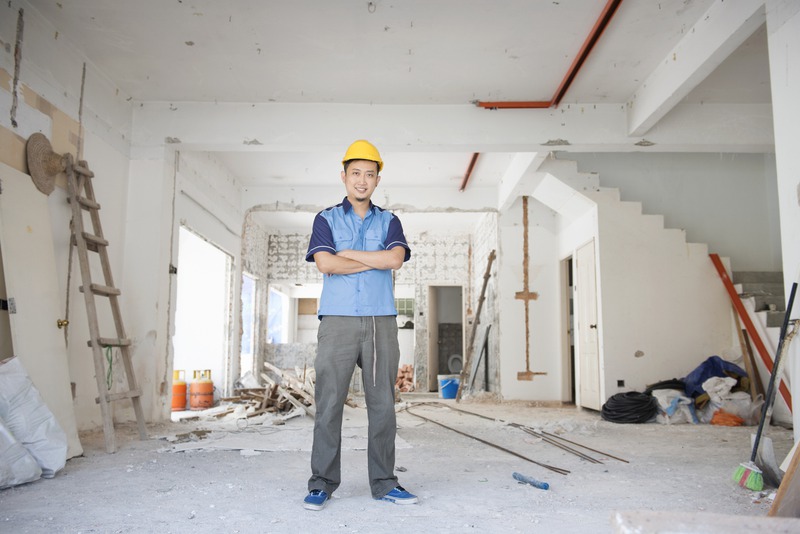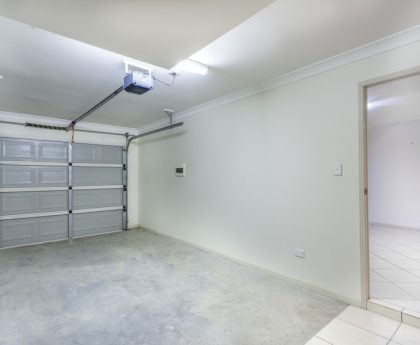Natural disasters like earthquakes, floods, tornadoes, or hurricanes can leave significant damage behind, particularly to buildings and homes. Identifying structural damage quickly is necessary for the safety, recovery, and prevention of further destruction. This guide will directly highlight visible signs of structural damage post-disaster, assisting homeowners and business owners in making informed decisions promptly.
Visible Signs of Structural Damage Post-Disaster
Cracks in Walls or Ceilings
One prominent sign indicating serious structural damage is visible cracks forming on walls, ceilings, or floors. These cracks may be vertical, horizontal, or diagonal, varying in size and severity. Large or rapidly expanding cracks usually point toward major issues that may threaten the stability of your building.
Pay attention to the nature and location of the cracks. Horizontal cracks often suggest foundation issues, while diagonal cracks around doorways and windows indicate settling or shifting foundations. Immediate attention and professional evaluation are required if these cracks appear after a disaster.
Doors and Windows Misalignment
After disaster hits, you might experience difficulties opening and closing doors and windows. Misalignment usually suggests structural shifting or foundational problems, especially if these problems were non-existent prior to the event. Examine all entry points to identify any sticking, jamming or inability to latch securely.
Act quickly if you notice such symptoms after the event. Doors and windows becoming harder to operate clearly indicates a shift in building alignment requiring inspection and prompt repair for safety purposes.
Damages to the Roof
Roofs are vulnerable to extensive destruction during severe weather events, showing evident damages like missing shingles, exposed trusses, or sagging areas. A compromised roof structure can signify larger underlying issues, endangering the entire building. Inspect for noticeable sagging, water leaks, and exposed elements that represent damage or a weakened roof framework.
An immediate examination by qualified experts ensures accurate assessment and timely repairs, reducing further collateral damage and enhancing safety for residents.
Diagonal or Stair-Step Cracks in Bricks and Masonry
Properties consisting of bricks and masonry often display stair-step-shaped or diagonal cracks along the joints when damaged structurally. These cracks commonly appear around corners, window frames, or garage door openings after extreme conditions. Observe closely if new cracks develop or if existing cracks dramatically intensify following a severe disaster.
Such cracks usually point to settlement issues or shifting foundations. Promptly seeking professional consultation helps evaluate the safety level and execute appropriate corrective measures swiftly.
Leaning or Tilting Chimneys
Chimneys often sustain visible damages, with severe leaning or tilting related directly to foundational and structural issues. Post-disaster leaning chimneys clearly imply foundation weakening or structural instability within your building. Any deviation in chimney alignment represents an emergency, requiring prompt inspection by qualified structural inspectors.
Immediate inspection and corrective services safeguard the property against potential collapse and increase the overall safety of occupants.
Uneven Floors and Slanted Surfaces
Walking on uneven or inclined floors post-disaster signals potential foundational failure, floor framing issues, or structural damage. Detectable sagging and slanting may originate from compromised foundation footings or internal wood-frame damages. Be vigilant in recognizing uneven surfaces, especially in flooded buildings.
Engaging a structural engineer should be your immediate action when uneven or sagging floors become noticeable post-disaster to rule out major foundation failure or structural risks.
Foundation Separation or Movement
Separation of the foundation from the main building structure signifies extensive underlying damage. Check for noticeable gaps between walls and floors, shifting stairs, or obvious separation joints among structural components. Structural movements post-disaster require precise assessments as they substantially risk structural integrity.
Qualified contractors should evaluate and remediate issues involving foundation separation immediately to assure continued stability and safety.
Hidden Indicators of Structural Damage
Strange Noises or Creaking Sounds
Sometimes, structural harm isn’t immediately visible. However, unusual creaking, popping, or cracking sounds that previously did not occur might indicate hidden structural shifting or internal damage. These consistent noises pinpoint potential problems in joints, beams, or framing.
Careful listening for abnormal sounds after a disaster is advisable. Always engage the help of professional inspectors to examine these hidden problems immediately when suspected.
Pools of Water and Moisture Damage
The formation of water pools or evident signs of moisture within properties often suggests structural breaches, leaks, or weaknesses. Floodwater lingering inside buildings, damp patches on walls, or evident water stains signify leaks or significant structural openings caused by disaster impacts like heavy rain or flooding events.
Such water infiltrations carry secondary hazards, including mold growth and structural deterioration, requiring prompt removal and damage repair by professional property damage specialists.
Risks of Unaddressed Structural Damage
Safety Risks to Occupants
Immediate danger of property collapse causing physical harm.
Potential injury due to falling debris from compromised structures.
Heightened risk of accidents due to uneven or unstable walking surfaces.
Financial and Economic Risks
Expensive repair costs escalating over time.
Decreased property value due to visible structural issues.
Higher insurance premiums and potential denial of coverage for ignored damages.
Contacting Professionals for Accurate Assessment
Selecting Structural Inspection Experts
Ensuring accurate damage assessments require utilizing qualified and experienced structural engineers or inspection companies. Selecting credentialed inspectors conducting thorough assessments ensures credible reports. Verify qualification, licensing, and reputation of hired professionals diligently for dependable examinations.
Reliable evaluation by specialists greatly enhances safety efforts regarding compromised properties, enabling suitable remedial recommendations to follow efficiently.
Utilizing Restoration and Cleanup Professionals
Employing specialized services for property damage cleanup ensures timely intervention and accurate restoration. Companies providing these professional remediations quickly mitigate hazardous conditions, safely removing debris or hazardous materials resulting from structural damages. Employing reputable teams helps speed recovery, protect property values, and ensure thorough, safe conditions after catastrophic events.
Addressing Water-Related Structural Issues
If structural damages involve water infiltration, immediate services focused on moisture removal, restoration efforts, and mold prevention measures become necessary. Trusting qualified professionals specializing in water-related damages ensures comprehensive and timely recovery. Prompt water damage management fosters better restoration outcomes. Companies like PuroClean of Brampton excel in safeguarding occupants from potential secondary risks or health hazards effectively, ensuring peace of mind for homeowners.
Preventative Measures and Planning Ahead
Proactive Inspection and Maintenance
Conduct regular inspections as part of your routine maintenance to identify potential risks beforehand. Scheduled check-ups by structural engineers help detect vulnerabilities allowing proactive remedies. Maintaining buildings vigilantly helps minimize disruption or extensive costs incurred during unforeseen events.
Comprehensive Emergency Preparedness
Create a detailed action plan designed for structural damages. Clearly outline steps residents or commercial occupants should execute if an emergency occurs. Arrange contacts for emergency inspection services, authorities, and reliable restoration entities in advance to facilitate quick recovery after adverse events.
Final Thoughts
Quick recognition of structural damage indicators helps prevent serious consequences post-disaster. Whether damages are subtle or glaringly obvious, engaging professional inspections and repairs ensures maximum safety and minimized financial burden. Always adopt proactive approaches toward structural integrity, securing your property and enhancing occupant safety in disaster-prone regions.





